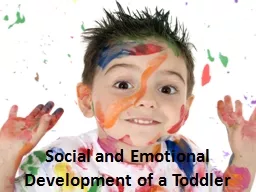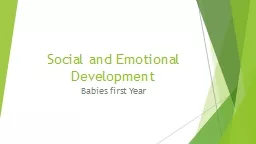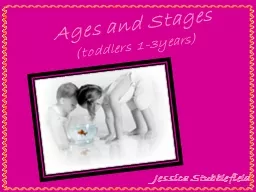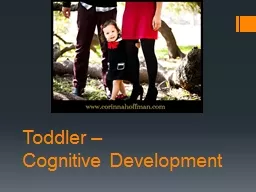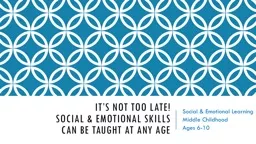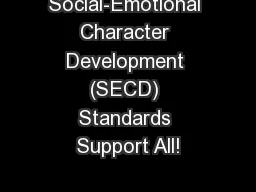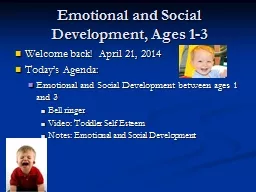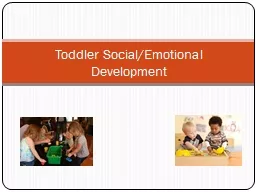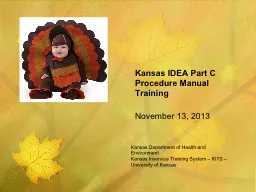PPT-Social and Emotional Development of a Toddler
Author : cheryl-pisano | Published Date : 2017-08-19
Children Need Love What is the best way to show a toddler love Give hugs Tell the child that they are loved Egocentrism Selfcentered behavior It is the tendency
Presentation Embed Code
Download Presentation
Download Presentation The PPT/PDF document "Social and Emotional Development of a To..." is the property of its rightful owner. Permission is granted to download and print the materials on this website for personal, non-commercial use only, and to display it on your personal computer provided you do not modify the materials and that you retain all copyright notices contained in the materials. By downloading content from our website, you accept the terms of this agreement.
Social and Emotional Development of a Toddler: Transcript
Download Rules Of Document
"Social and Emotional Development of a Toddler"The content belongs to its owner. You may download and print it for personal use, without modification, and keep all copyright notices. By downloading, you agree to these terms.
Related Documents

